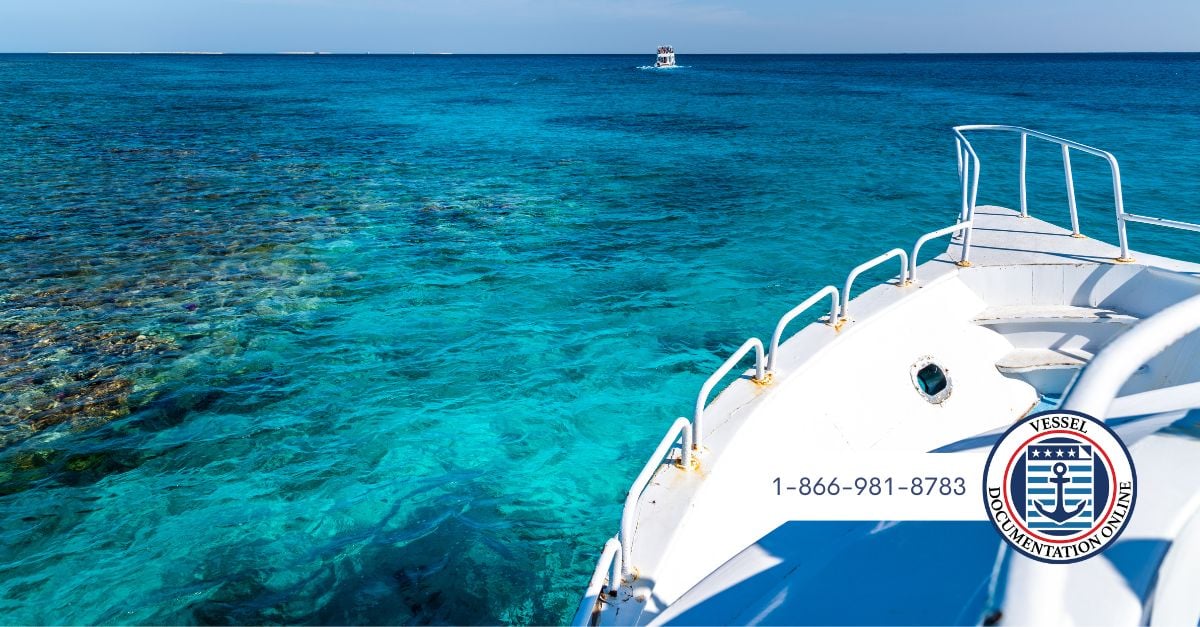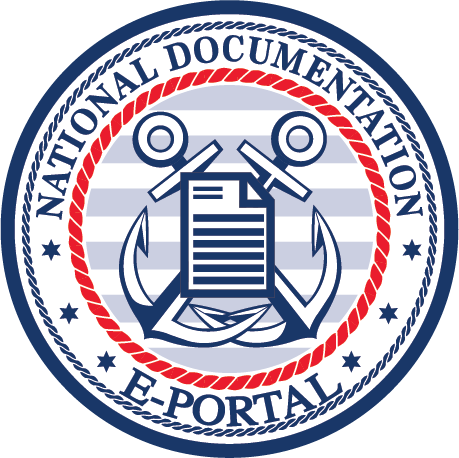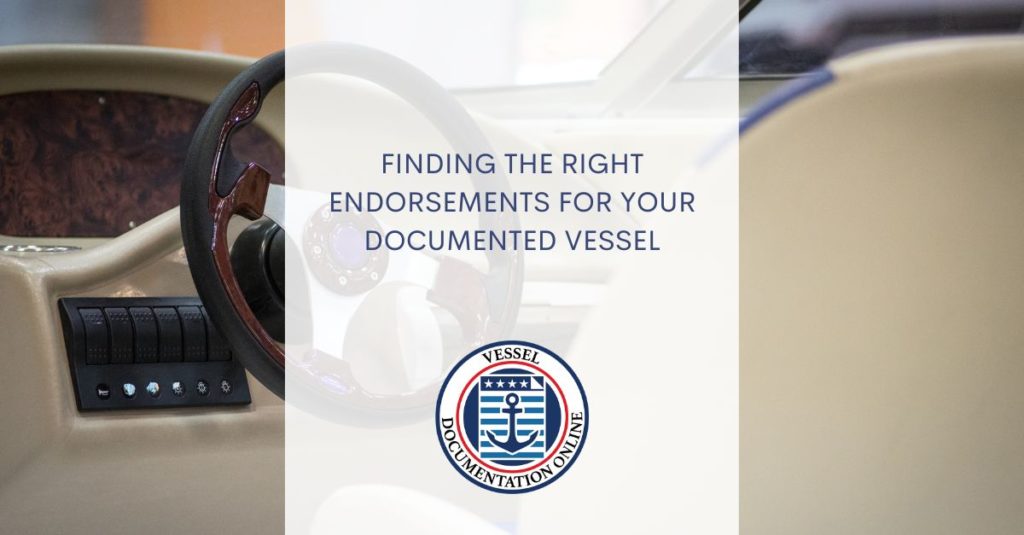If you are the owner of a boat owned by the United States Coast Guard, you know the significance of having a documented vessel. Documentation not only confers various advantages on vessel owners but is also obligatory for completing some tasks, such as traveling over state boundaries. In light of this, if you want to get the most use out of your documented vessel, you will need to ensure that all of your endorsements are current. Finding the appropriate recommendations might be challenging; thus, we have provided some pointers to assist you in your endeavor.
Make a List of What You Need
Starting with a list of the activities you plan on doing with your boat is the best way to find out what endorsement you need. To begin, consider the kind of journeys you intend to take and how long they will last (as well as how far away from the land you will be throughout the trip). Consider how much time you’d want to spend on your documented vessel and where you’d like to keep it. That might have an impact on the kind of canal you choose. Please tell me whether you intend to use your boat in saltwater. As a result, you’ll get a detailed list of what clothing and equipment you’ll need, along with some safety advice. You’ll also need to consider the purpose of your purchase. It depends on your goals and needs, whether you’re searching for a recreational boat or something that will take you out on the lake for a few hours with your family and friends. Perhaps you’d want to go fishing or have a scenic coastal drive with it. If you have specific requirements, include them on your list.
Research the Options for Your Documented Vessel
According to americanboating.org, the United States Coast Guard will provide your vessel with a short document called an endorsement to verify that it satisfies the requirements for something. For instance, if you plan to sail along the coast of North Carolina, you will be required to have something referred to as an Inland Voyage endorsement. If you have a documented vessel, a boat at least 16 feet long, it has been inspected and registered by the USCG. If you live in the state in question, then you are eligible to apply for an endorsement that allows you to make inland voyages. Knowing what endorsements you want and ensuring that your vessel satisfies all of the requirements for those endorsements are the two most important steps in obtaining them. To everyone’s benefit, time and money will be saved in the long run if research is done in advance.
Compare Companies and Read Reviews
There are five distinct categories of boat endorsements that you might be required to get for your vessel. For instance, if you get a “freight” endorsement, you will be able to transport more than six passengers; however, if you obtain a “passenger for hire” endorsement, you will be able to charge money to transport individuals. You may also have an “inland” or “non-tidal” endorsement to travel in particular locations, and you can even have a limited-area endorsement if you intend to take your boat out in certain spots.
These endorsements allow you to travel in select areas that do not have tides. The fact that the United States Coast Guard controls these endorsements makes it difficult to compare businesses that provide a wide variety of rates and services, making them difficult to understand. Your first order of business should be to determine whether or not the firm you want to hire has the necessary level of US Coast Guard license associated with the particular endorsement you seek.

Ensure That All Reviews Are Done In Person, At the Marina Where Your Boat Is Docked
Make sure all the evaluations are carried out in person at the marina where your documented vessel is parked. You need to submit papers to the Coast Guard and a marine surveyor who the USCG qualifies to acquire an endorsement for a vessel that is already recorded (which can be found through Vessel Documentation Online LLC). However, before you can depend on the knowledge of a surveyor to approve these papers on your behalf, you first need to be aware of the many types of vessel registrations and the paperwork necessary for each of those registrations. Ensure that any crew members on your boat are officially listed as “endorsed personnel” by the US Coast Guard. This indicates that they have been trained in safety procedures and can be relied on to handle duty assignments effectively. This is one of the most important things you must do to ensure that your boat complies with all regulations.
You have much to consider if you’re looking to bring your documented vessel up to Coast Guard standards and make it your home. After all, there’s more than just the initial process of getting the boat up to snuff. You also have to consider how you will get it documented, which will require an inspection by the Coast Guard. Contact Vessel Documentation Online LLC at (877) 564-1398.

